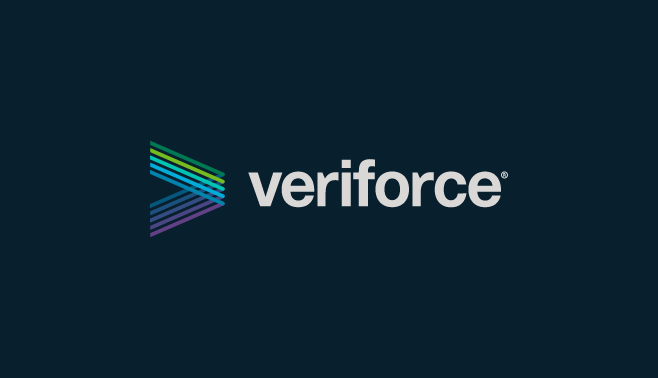
Planning for New Risk Management Training Challenges in 2021 (and a Few That Never Went Away)
Published in the Training Industry Magazine

Economic recession, broken supply chains, and the COVID-19 pandemic have made it difficult, if not impossible, for businesses to rely on what’s worked for them in the past to manage supply chain risk. To help ensure business continuity and growth, training professionals are scrambling to adjust safety and risk management strategies, conducting programs remotely and restructuring in-person sessions to adhere to new guidelines.
Many of the training changes made in 2020, including an accelerated shift to virtual instructor-led training (VILT), will continue to shape the format and content of training programs in 2021 — and likely well beyond. Here are key changes and trends that training professionals should consider as they plan for the year ahead:
1. Health and Safety Compliance Training Is Under the Microscope
Safety measures to reduce COVID-19 exposure risks in the workplace have evolved, along with researchers’ understanding of how people contract and spread the virus. Last year saw organizations adding and continually updating safety procedures to keep pace with the latest recommendations from the U.S. Centers for Disease Control (CDC), state and local health care authorities, and industry advisers.
As a result, look for elevated demand for and investment in safety training in the coming year. Organizations may seek to develop or modify standard training offerings to reflect their unique service lines, locations and supply chains. At their core, all must identify and address company-, site- and worker-level risks.
2. Organizations Demand Compliance Training Verification
With greater awareness of occupational health risks and liabilities, including those associated with COVID-19 transmission in the workplace, employers, clients and industry regulators want assurances that workers are up to date on required safety training. Technology makes it more efficient to verify training completion dates for each worker, searchable from anywhere and at any time. Organizations can use technology to track an individual’s ongoing training requirements and compliance across the board, not only for safety but also for professional certifications, industry designations and other qualifications.
3. Third-party Contractors and Vendors Need Compliance Verification, Too
While courts have long held employers responsible for the contractors acting on their behalf, half of surveyed organizations before the pandemic lacked an efficient way to measure the safety qualifications and training compliance of their contractors and sub-contractors, according to the Verdantix report “Achieving Holistic Contractor Safety Management With Digital Innovation.”
The renewed attention to health and safety training since the arrival of COVID-19, however, has made companies more likely to demand training compliance in the supply chain in order to mitigate risks that could otherwise lead to injuries; disruptions; and damage to products, reputation, security and the bottom line.
In 2021, look for organizations to leverage apps and tracking technology, not only to verify employee training compliance but also to confirm that all third-party contractors and vendors working in the supply chain are up to date on required training.
4. Digital Credentials Expedite Job Site Entry
Employees who work at multiple job sites or move frequently from one project to another often lose valuable billable time awaiting entry while managers physically confirm their identity, role and completion of any needed certifications, often via logs or files. Digital credentialing offers a more efficient alternative, enabling workers to use an app on their mobile phone to access and share their credentials, much like they would use a badge or company-issued identification card. A digital ID card stays with the individual and can be automatically updated to match changing status and clearance for access, without the need to create a new badge when the worker moves on to the next project or site.
5. A Changing Workforce Calls for Efficient Knowledge Transfer
Industries throughout the United States have been intensifying efforts to recruit and train younger workers, hoping to avoid a labor shortage when baby boomers retire in large numbers. The need to pass on knowledge and know-how to new and entry-level workers remains a concern and priority. In our new pandemic environment, industries need systems to deliver that training remotely and in increasing volume.
6. Customizable Learning and Development Resources Are in High Demand
With the increasing need for agility, emerging learning and development solutions with customizable content will become more of a demand, as COVID-19 has accelerated the need for companies to reexamine how they train their workers. Traditionally, organizations have relied on large annual training sessions to ensure workers are up to date with compliance regulations. As this method of training is not currently a viable option, companies are creatively using technology to address gaps to ensure their workers remain compliant. Look for organizations to use kiosks; mobile apps; and individual, customizable courses to meet the needs of each worker.
Last year forced an evolution within the health and safety industry. To emerge stronger and optimize their risk management strategies in 2021, business leaders need to stay current on changing needs and trends. By leaning on a combination of technology, expert advice and analytics to more efficiently manage their entire workforce’s safety readiness and compliance, organizations can enhance their risk management strategies for the future.




